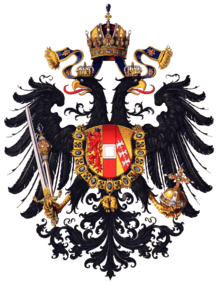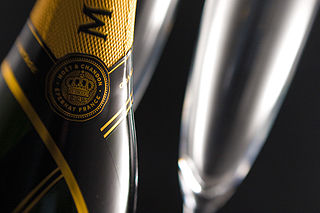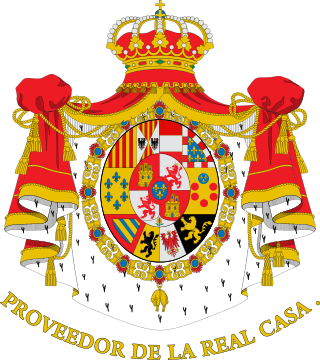Purveyors for current households
Australia
Royal warrant holders of the Court of Australia:
Belgium

In Belgium the title of 'Purveyor to the Court' (Gebrevetteerd Hofleverancier van België/Fournisseur breveté de la Cour de Belgique) is granted to businesses who provide services or goods to the royal court. The list of 'purveyors to the Court' is updated every year. The king himself makes the decision who gets a title or not.
Some of the 'Purveyors to the Court' include: [1]
Denmark
Purveyors to the Royal Danish Court:
Japan
Purveyors to the Imperial Household Ministry; after World War II, the permission system was abolished, but purveyors still exist today:
- Ando Cloisonné Company — cloisonné
- Miyamoto Shoko – silverware
- Gekkeikan – sake
- Kikkoman – soy sauce
- Nissin Foods – food
- Toraya Confectionery – wagashi
- Toyota – motor vehicles
- Manyoken – catering
- Yamada Heiando – lacquerware
- Koransha – ceramic ware
- Kuni – perfume
- Otsuka Shoe – shoes
- Onshino Tabako - tobacco
- Onshino Konpeitō - konpeitō sweets
Monaco
High Patronage of the Monaco Royal Family:
- Chocolaterie de Monaco – chocolates
- British Theatre Season, Monaco – theatre
- Lexus – automobiles
Netherlands

In the Netherlands, the status hofleverancier is awarded to small and medium-sized businesses that have existed for at least 100 years which have a good reputation regionally. [2] However, the companies need not actually supply goods to the court. At present there are at least 387 companies that hold this status, which can be renewed every 25 years. [3] Companies designated as hofleverancier are further permitted to display a plaque on their premises attesting to their status.
In addition, certain companies are granted the use of the designation koninklijke ("royal" in Dutch). [4] These companies are also allowed to incorporate a crown in their logo. Examples include:
Norway
Purveyors to the Royal Court of the Norway: the status 'purveyor to the court' (hofflevrandør) is no longer awarded.

- Karl August Anderson – photographer (Kongl. Hoffotograf)
- Farris – mineral water
- Foss Bryggeri – Brewery (H.VII Eneberettiget)
- Hans H. Holm – Felt hats
- King Oscar – Sea food
- H. C. Reiersen – Tailor (Kongl. Hoffskredder)
- Christian Rohde & Søn – Tailor (Kngl. Norske slotts hoffleverandør) [5]
- M. Selmer – photographer (Kongl. Hoffotograf)
- O. Sørensen Vogn- og Karosserifabrikk – Automobil
- L. Szaciński – photographer (Kongl. Hoffotograf)
Romania
Purveyors to the Romanian Royal House:

- BMW [6]
- Farina gegenüber – eau de Cologne to Carol I (1881)
- Steinway & Sons – pianos
- M. Welte & Söhne – orchestrions, reproducing pianos (1894, 1910)
- Murfatlar SA – wines to Michael (2003)
- Frottirex – bath towels and bedding to Michael (2005)
- Doina Levintza – clothing and accessories to Michael (2005)
- Dan Coma – clothing and accessories to Michael (2005)
- Halewood International – Rhein extra sparkling wines to Michael (2006)
- SC Transavia SA – chicken meat to Michael (2005)
- Principal Company SA – Salonta sausage products to Michael (2007)
- Biborţeni – mineral water to Michael (2008)
- Exotique Romania – Exotic furniture and decorative items (2009)
- Carol Parc Hotel – Hotelier and catering services (2011)
- Rue du Pain – Boulangerie Artisanale – bakery, pastry and confectionery products (2011)
- Bridge Painting Group - Printing Company, Offset lithography, Hot-foil stamping, Embossing, and special finishings (2013)
Spain

Sweden
Thailand
Uganda
The Royal House of Bunyoro-Kitara awards royal warrants to businesses that deliver goods and services to the royal house on a regular basis. The royal warrant can be awarded by a grantor, either the King, the Queen or the Crown Prince. The Board of the Royal Warrant Holder Society advises the Grantors but each Grantor makes the final decision to grant a Warrant. A business may only receive one Warrant from a Grantor. The warrants of the Bunyoro-Kitara Kingdom are valid for one year. [7]


















